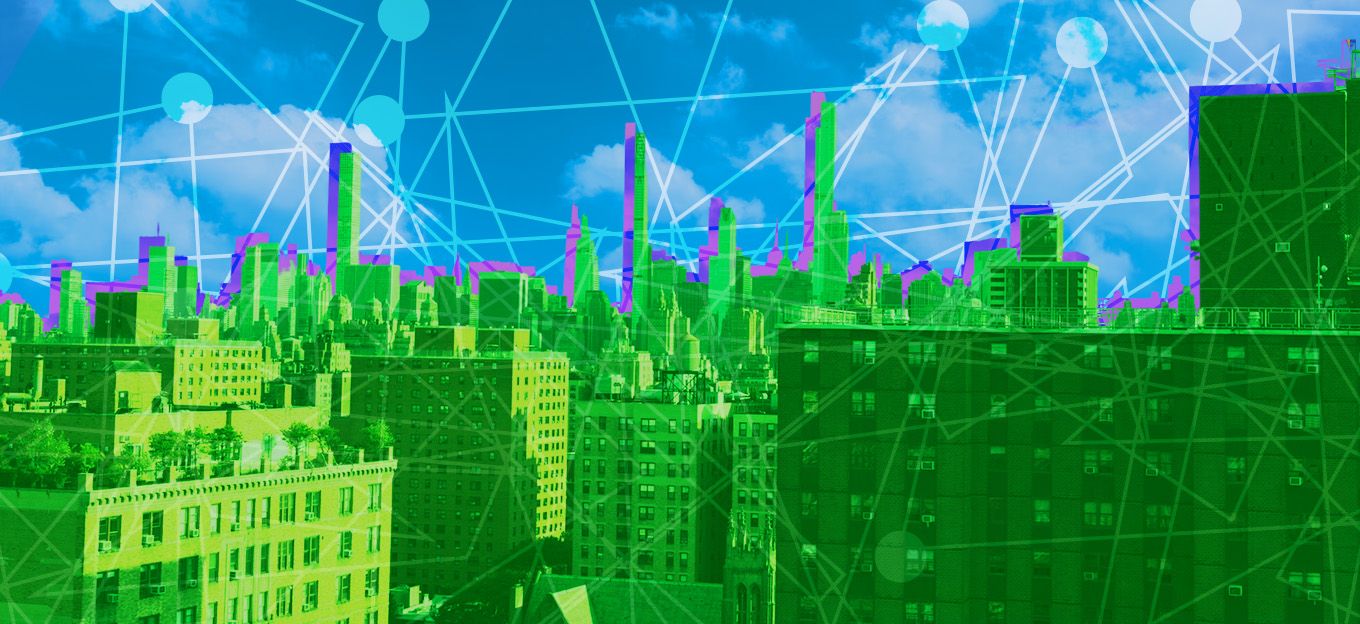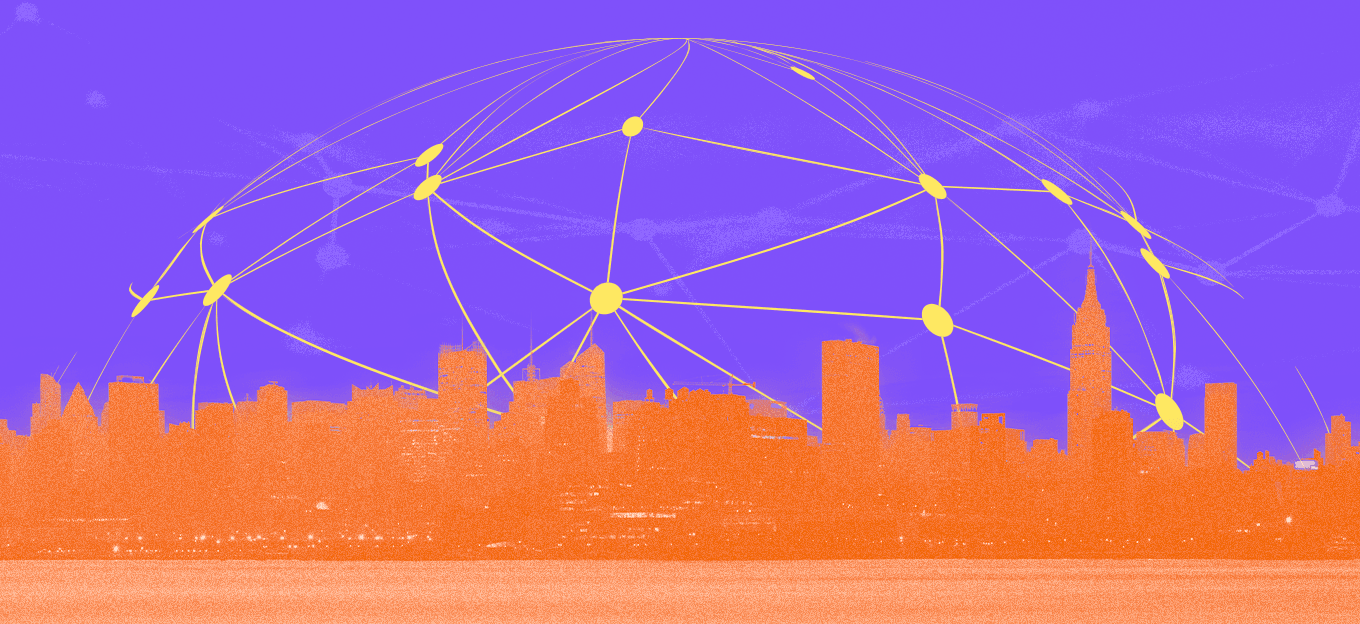Creating a Comprehensive and Safe Gas Utility System
Creating a Comprehensive and Safe Gas Utility System
- Last Updated: December 2, 2024
Semtech
- Last Updated: December 2, 2024



Natural gas is the cleanest-burning hydrocarbon. It is abundant and versatile, helping meet the growing demand for energy solutions globally. According to the U.S. Energy Information Administration, natural gas use could continue to increase up to 53 percent by 2050.
A smart gas utility system not only improves operations but can save lives. Gas safety is a major concern as leaks from gas line piping, gas appliances or other sources can lead to devastating events. In the United States, local fire departments respond to an average of 340 natural gas leaks per day.
Gas safety is a major concern as leaks from gas line piping, gas appliances or other sources can lead to devastating events. A smart gas utility system not only improves operations but can save lives.
With IoT-connected solutions, city officials, building operators, and homeowners can be alerted to methane leaks in an instant. With early detection monitoring capabilities, those in charge of utilities across a household or large city can effectively ward off potential personal and environmental harm caused by gas leaks.
Traditional in-person utility check-ins are time-consuming for workers and the connectivity options, like cellular networks, lack interoperability, and sufficient coverage. Implementing a smart utility infrastructure comprised of sensors and gateways provides utility and metering companies a more efficient way to collect real-time data, analyze it and act on the insights.
This is because smart city leak sensors can provide 24/7 monitoring with real-time notifications for workers. By leveraging two-way communications to send and receive messages, utility workers can identify red flags like dangerous gas leaks or abnormal gas levels, and automatically shut down problem areas for maintenance. Access to this data also allows for better use of resources, including personnel, which helps to streamline operations.
Here’s how a comprehensive gas safety system (CGSS) on a low power wide area (LPWA) network mitigates risks for utility companies and citizens.
- Downstream remote regulator shut-off valve: In the event of a natural disaster or mishap, a regulator will detect any interruption in the gas flow and send a signal to automatically close the valves.
- Intelligent gas meter with integrated shut-off: With smart sensors, gas meters can easily shut off the gas supply from a wireless device in the event of an emergency.
- Remote methane detection (RMD): Sensors can detect a gas leak and alarm building residents to evacuate before reaching hazardous levels.
- Cloud monitoring, actuation and control: The system facilitates intelligence and enables multiple points of gas disconnect via Cloud connectivity, providing utilities and customers real-time intelligence and important notifications.
- Autonomous operation/Device to Device (D2D): RMDs communicate directly with shutoff valves locally and take action in the case of a network outage, keeping customers safe until utility technicians can arrive.

Image Source: Semtech
A LoRa-enabled CGSS solution delivers a complementary solution that can easily coexist with existing Advanced Metering Infrastructure (AMI) systems. The long-range and low power capabilities of the sensors – like the fact that they run on batteries that can last decades and in hard-to-reach areas – make them easy to deploy and cost-efficient. This makes a smart gas utility system a realistic way to keep citizens safe.
The Most Comprehensive IoT Newsletter for Enterprises
Showcasing the highest-quality content, resources, news, and insights from the world of the Internet of Things. Subscribe to remain informed and up-to-date.
New Podcast Episode

Moving Past the Pilot Phase in IoT and AI
Related Articles





